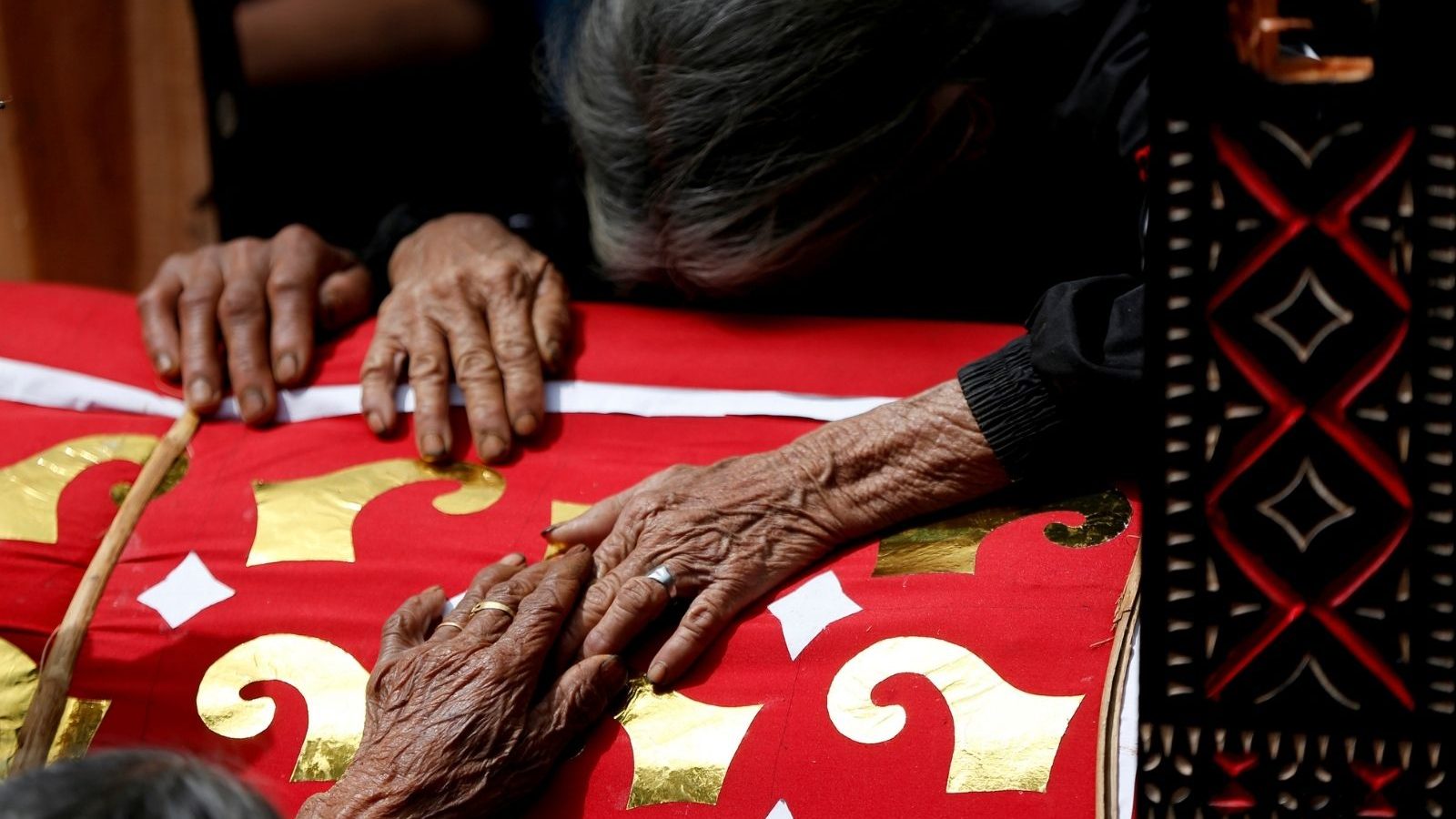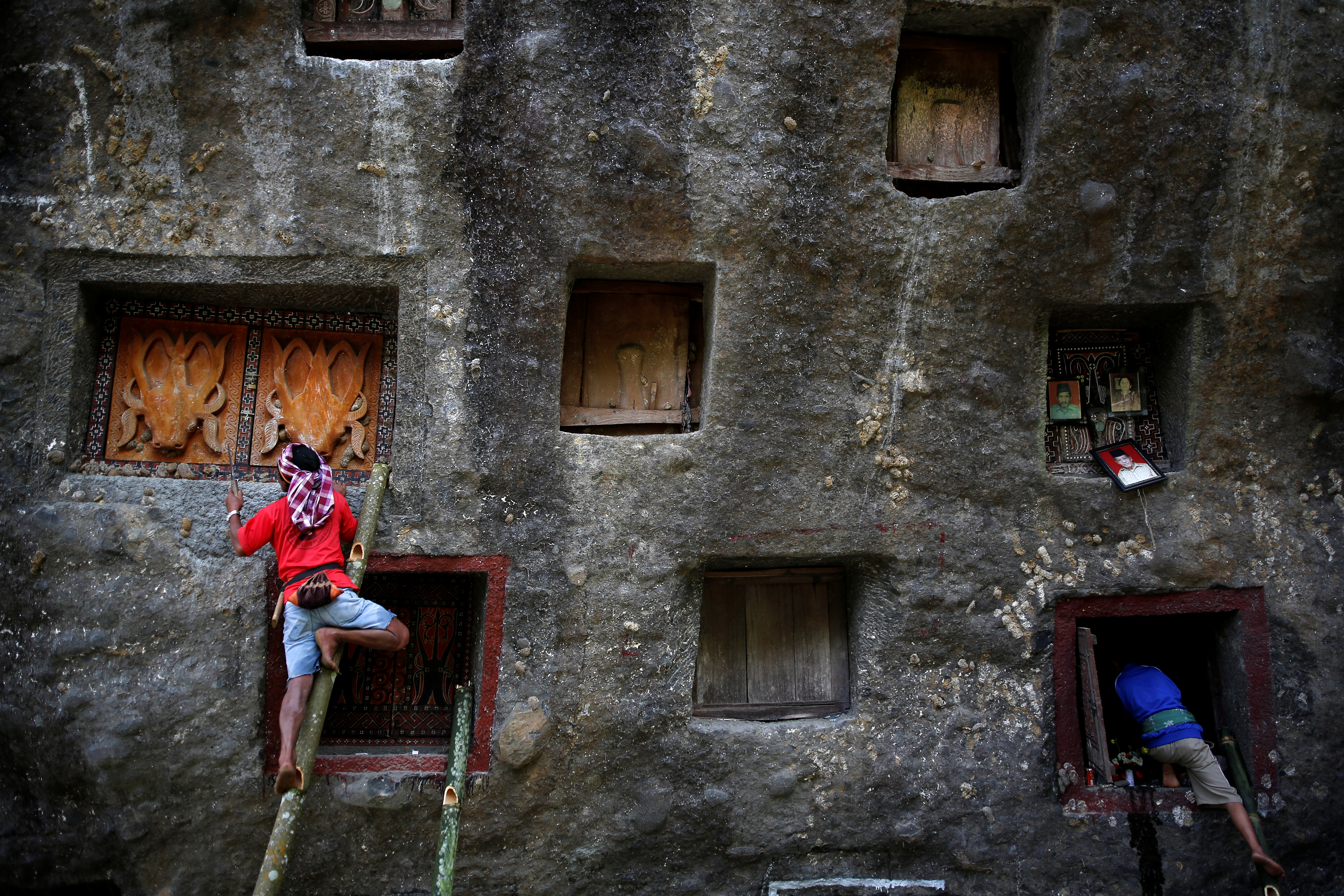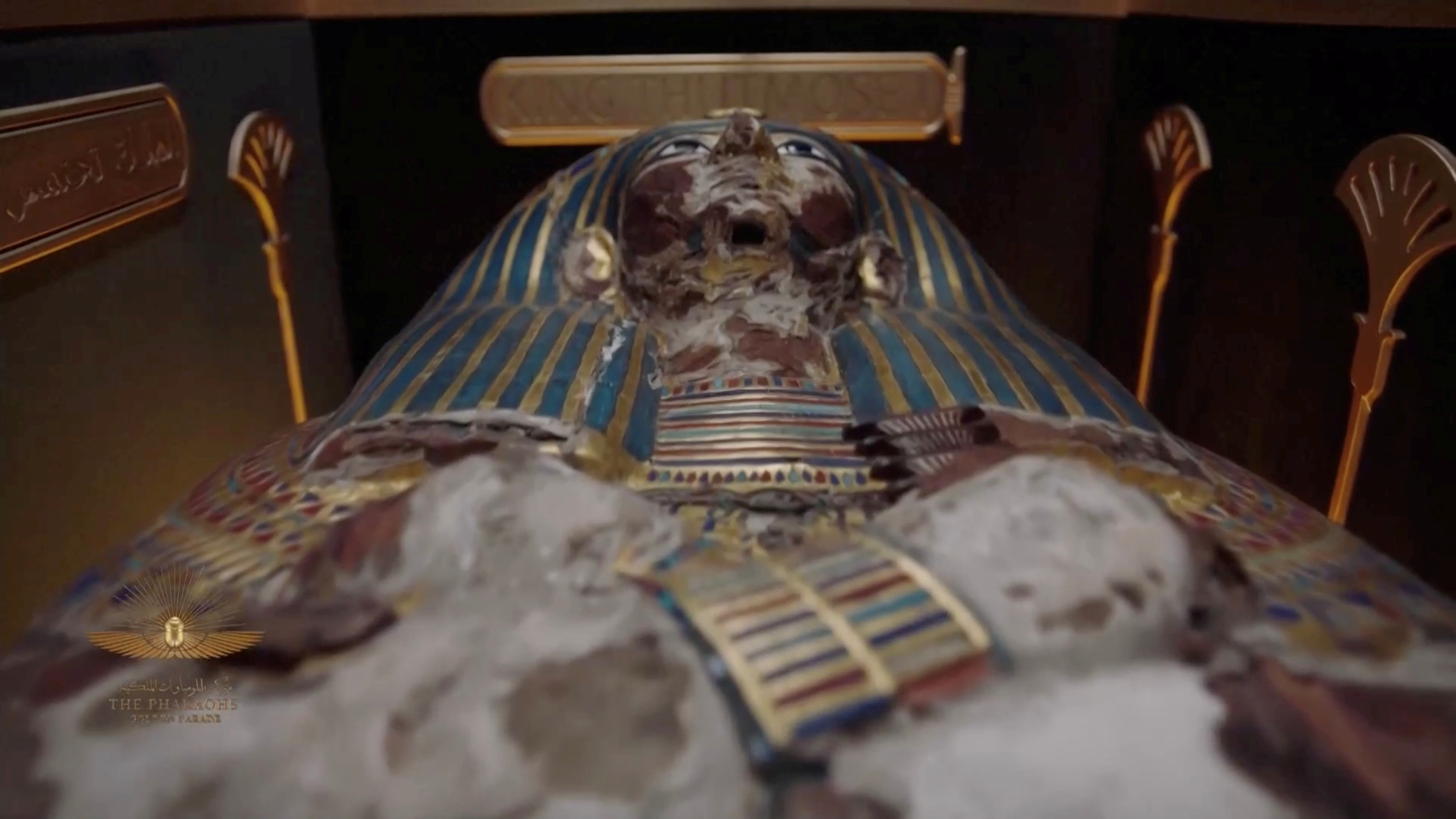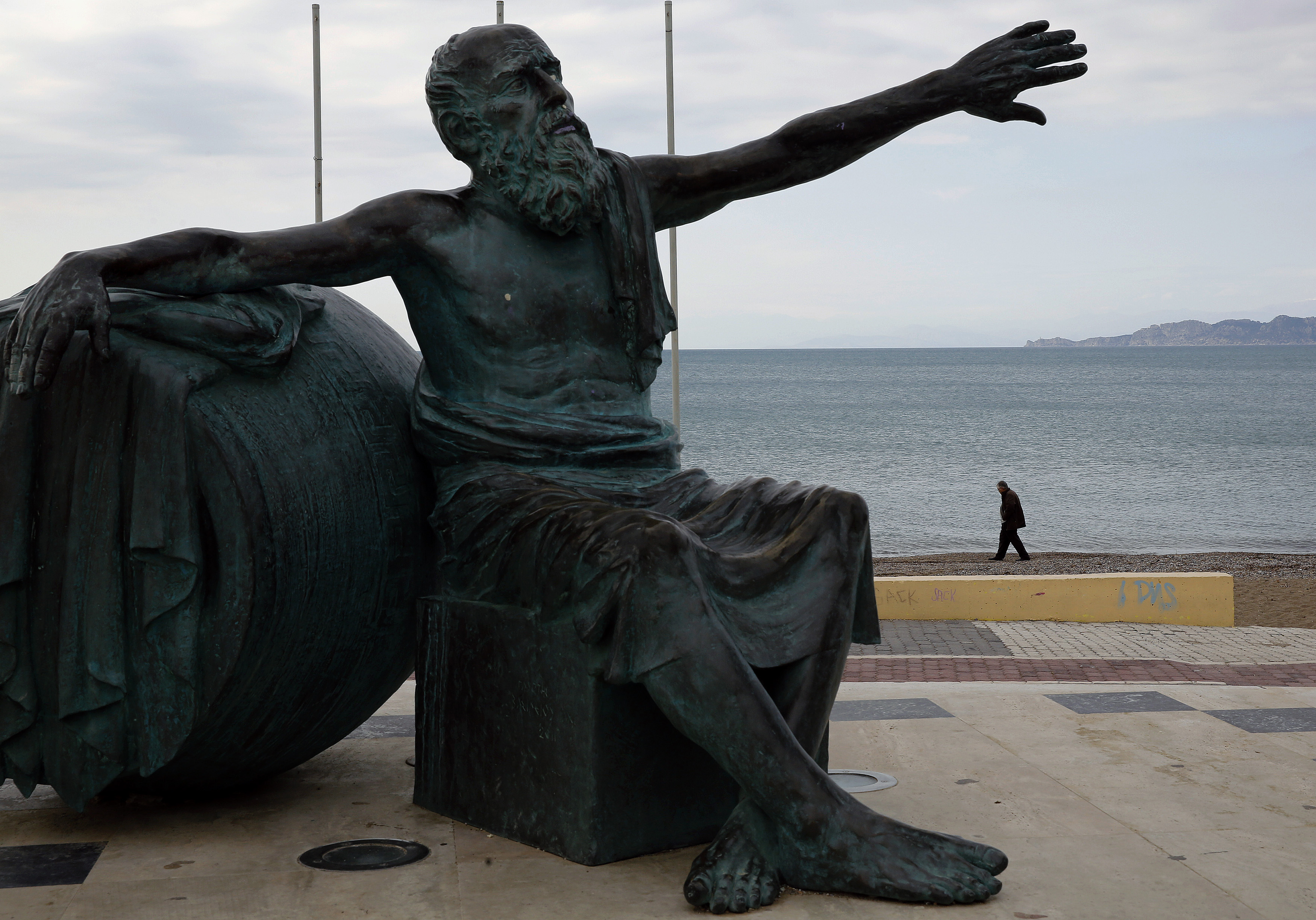Thai Man Had Wife’s Corpse for 21 Yrs. He’s Not ‘Alone’ & It Raises Queries on Our Ties With the Dead
A Thailand man recently ‘bid adieu’ to his dead wife’s body by cremating her. While the action seems simple enough, complexity steps in when one comes to know that his partner had been dead for 21 years. In what is being viewed as a case of ‘eternal love’ locally, Charn Janwatchakal (72), apparently lived with his wife’s corpse for more than two decades in his home, and only decided to have his final goodbyes so he could ensure her a proper funeral before his own death.
Janwatchakal kept his wife’s remains (in a coffin) next to him in a small room where he slept and chatted to her as if she were still alive, multiple reports said. And the issue came to light after the senior man contacted a local organisation for assistance with cremation customs, fearing that if he died, his dead wife would be left without an appropriate ceremony.
While the story horrifies at first, it also takes one back to similar cases often witnessed in the past. A famous one often kept at the top of this macabre chain of events is the story of Carl Tanzler, sometimes known as Count Carl von Cosel, who was a German-born radiography technologist at the Marine-Hospital Service in Florida.
He worked at the hospital from February 8, 1877 to July 3, 1952. Several reports cite how the doctor developed an obsession with Elena “Helen” Milagro de Hoyos, a young Cuban-American tuberculosis patient, who came to his care. Unable to save her, Tanzler retrieved Hoyos’ body from her tomb almost two years after her death in 1933, and lived with it at his home for seven years until it was discovered by Hoyos’ relatives and officials in 1940. Some reports state that when finally the ‘horrifying’ secret was unearthed, Hoyos’ body was put on display for a final goodbye, and then ‘buried at an undisclosed location’.
While the nuances and details of the case cast a sure shadow over Tanzler’s state of mind and intentions (the lack of consent from Hoyos’ relatives and his reported actions around the corpse), such incidents are not few or far away. And perhaps kept away from the extremities witnessed in many of these incidents, they make one wonder about the human psyche’s relation with the bodies of their own.
This Tribe Keeps Its Dead Around – for Years
Elaborate rituals centered around the dead are no exception to humanity. Experts have often opined that our funeral rituals are often the early indicators of our species’ intelligence, and even in today’s ‘modern’ times, no culture is entirely bereft of them.
In the heart of these rituals lies the Torajan people of Indonesia. The ethnic group indigenous to a mountainous region of South Sulawesi, Indonesia, while mostly Christian, has its own unique ritual around death – the Ma’nene’. It is a custom in which the bodies of deceased family members are excavated, cleaned, and dried in the sun before being dressed in new clothing, long after their lavish funerals have taken place, according to a report by the New York Times. The people also traditionally invite ‘them to join them for lunch on a daily basis – before burying them’, a process which often takes years – providing time for the family to gather a large sum of money (often thousands of dollars) to give their loved ones a lavish, elaborate goodbye.
Putu Sayoga, who explored the ritual up close for the New York Times, talked about how it helps the people ‘cope with grief‘, adding that it ‘profound meaning’, especially during the pandemic.
“As a Balinese, I find certain elements of Torajan culture (and many other Indigenous traditions in Indonesia) quite similar to my own. For both the Torajan and Balinese, death does not represent an ending or a goodbye. Torajan people believe the spirit of the dead will continue protecting their families. And so, too, do Balinese. The dead never leave us. Thus, we worship them. For both peoples, this way of thinking helps when coping with grief. It has offered profound meaning — especially now, during the pandemic,” he said in the report.
However, this is not the sole example of elaborate rituals relating to death. One must only glance at popular culture, with the highly exemplified version of ‘mummification’ dating back to ancient Egypt.
But a closer look reveals how deeply the ancient Egyptians associated their lives with their death – the treatment of a corpse and its burial was not just a goodbye, but another beginning, into the world of the afterlife. And historians often ask why that is – and find plausible answers in humans’ existence with the awareness of its mortality.
Why Such Rituals Around the Dead?
A report in the Atlantic explores such questions from within a question of a Greek Philosopher Diogenes, who said he did not want to be buried but tossed to the animals after his death, calling the body ‘an empty shell’. But our culture around death defies such a logic. And according to Thomas Laqueur, a history professor at the University of California, Berkeley, it may be because “we live with the dead because we, as a species, live with the dead.” He outlines how people have cared for the bodies of their dead since at least 10,000 B.C.
The report by Julie Beck further elucidates that ‘if caring for the deceased is one of the most fundamental aspects of humanity, fear of death is another’. “The fact that humans are the only animals who are constantly aware of their own mortality has a huge impact on how they act. The fear of death, according to terror-management theory, causes people to seek out and value more highly things that they believe will grant them immortality in a metaphorical sense. Living on in the memories of others would suffice, even if we must recognise that this is only a temporary relief from being forgotten,” the report states. The metaphorical dealing with death and the afterlife also takes one back to the elaborate rituals around mummification by ancient Egyptians.
Laqueur quotes John Weever, a 17th-century poet, on the subject in the report, as well:
Every man, Weever writes, “desires a perpetuity after his death.” Without this idea “man could never have awakened in him the desire to live in the remembrance of his fellows.” And without it, human life in the shadow of death would be unbearable and unrecognizable: “the social affections could not have unfolded themselves un-countenanced by the faith that Man is an immortal being.” Our love for one another differs from the love animals might feel for one another in that an animal perishes in the field without “anticipating the sorrow with which is associates will bemoan his death,” whereas we “wish to be remembered by our friends.” Weever’s words also point to the concept of a ‘social death‘ vs just a ‘physical one’.
‘Corpses Help Us Deal With Death’
And there have been studies on how the ‘human corpse can be used as an aesthetic-therapeutic for the deceased, the grieving, and death care workers’. A paper by Brenda Mathijssen from the University of Groningnen, Netherland considers the human corpse to be a liminal creature with a distinct materiality, biography, and self-referentiality.
“Because of these characteristics, bereaved people and death care professionals might use the corpse as an aesthetic-therapeutic after a death,” the research sums up.
The paper discusses four engagements with the dead body in the period leading up to the funeral: I) caring, ii) sustaining, iii) restoring, and iv) disregarding the dead body.
A report by the Inverse also explores the possibility of how avoiding death and corpses can really hinder our ability to grieve and move on after a loss. Exposure to dead bodies, especially those with evident, irreversible injuries, tells our brain that yes, that person is truly dead, and that it’s time to quit pretending we can hear them, the report says, citing a research published in the journal Evolution and Human Behaviour, which questioned 142 persons who had recently lost a pet. “Those who had seen their pet’s body with symptoms of severe injuries were much less likely to believe it was still alive after it died. Owners who saw their pet’s intact corpse — such as after a veterinarian’s fatal injection — were just as likely to get false positives as those who didn’t see a corpse at all,” it said.
All said and done, it seems our relationship with death is more complicated than it seems. And while the extremity of the case of the Indonesian man, or other such incidents, cannot be viewed in generalisations, they often lead the human psyche to explore our baseline ties with one of the most essential parts of life – death.
Read all the Latest News , Breaking News and IPL 2022 Live Updates here.
For all the latest world News Click Here




